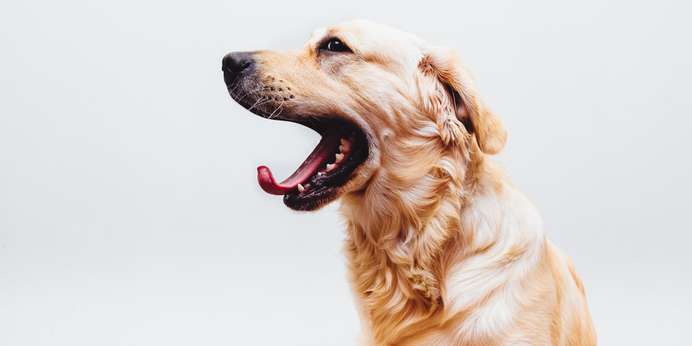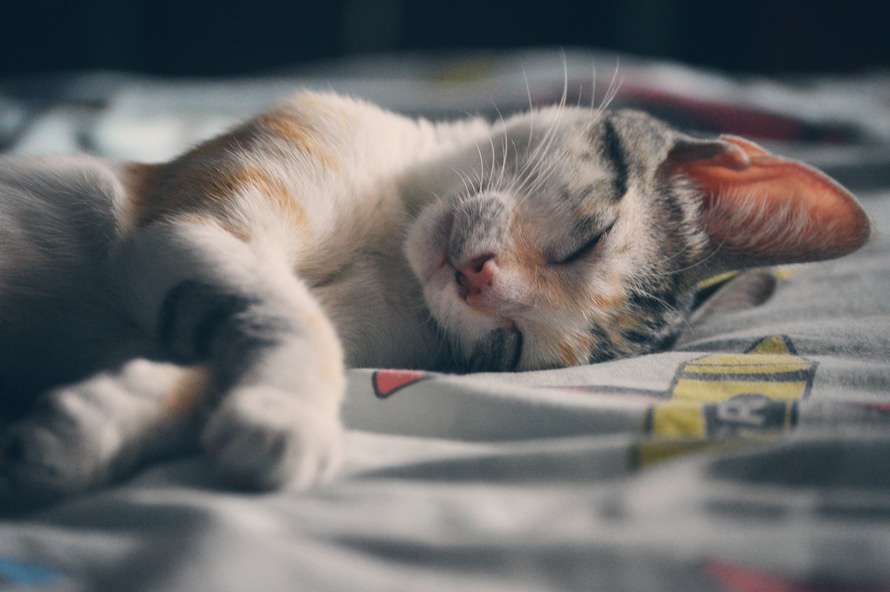
As the demand for high-quality, super-premium food grows, spectrophotometric pet food analysis is becoming more important than ever before. Image Source: Pexels user Michał Kulesza
In my dog’s ten years with me, she has enjoyed all manner of gourmet pet foods. There was our grain-free period, followed by organic local kibble. Then came the dehydrated pre-mix and, ultimately, the premade raw food. I will never know if this food is actually healthier for her than traditional options, but I believe it enough to make a special trip to the gourmet dog grocer once every two weeks to refill my freezer, and as I see her enter her senior years with clear eyes, clean teeth, shiny coat, and boundless energy, I can’t help but think her unconventional diet has had something to do with it.
I am not alone in my search for better pet foods. Increasing interest in the well-being of our animal companions has spurred the emergence of specialized natural, organic, and gourmet pet food products whose retail sales total in the hundreds of millions. According to market research company Euromonitor International, “Retail sales of dog and cat food exceeded $19 billion in 2011,” with premium and super-premium products capturing an ever-growing proportion of the market.1 In the past year alone, sales of raw frozen pet food increased 32% from $52 million to $69 million and sales of raw freeze-dried dog and cat food rose by an astounding 64%, from $25 million to $40 million.2 “People are willing to spend anything on their pets,” says Dr. Marion Nestle, professor of nutrition, food studies, and public health at New York University. “The pet food industry is considered to be recession-proof.”3 Tom Niemann, owner of Fromm Family Foods, agrees. “They might cut back on a new car or taking a trip around the world, but they won’t skimp on their pets.”
Along with growing interest and a willingness to spend, however, comes increased selectivity. The premium and super-premium pet food markets rest on the desire for a superior product and pet food manufacturers must take great care to deliver. Not only does this require thoughtful recipe design that ensures dietary balance, it also requires creating consistent, safe, and visually appealing products that fortify brand image without resorting to controversial ingredients like artificial coloring agents.4 Spectrophotometric pet food analysis allows for precise color monitoring of foods during the research and development phase to establish a stable color standard for each food product. Continuous monitoring of foods throughout the production process ensures that products maintain visual consistency and conform to color parameters before being released into the marketplace.

While cats may not care what color their food is, it can be an important factor in aesthetic appeal as well as safety. Image Source: Pexels user Fabricio Trujillo

